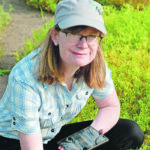A navy bean that offers better yield, shorter season, and higher pod height is coming on stream just in time for farmers to take advantage of a push to increase irrigated acres in Saskatchewan. Ken McDougall said the bean should appeal to farmers that have been reluctant to grow dry beans due to the challenges […] Read more
Irrigation
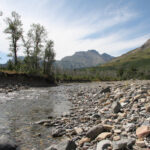
Alberta to study selenium in wake of coal controversy
The provincial government plans to review how it manages water quality, but critics call it an effort to distract the public
A former Alberta government scientist says plans by Environment and Parks Minister Jason Nixon to review the management of selenium in water are likely a tactic to distract the public. Provincial officials are finding themselves “in this public uproar caused by some bad decisions to change the potential for coal mining in Alberta, and they’re […] Read more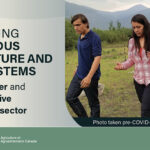
Indigenous ag projects get funding
Sixteen projects to help support Indigenous-led food system initiatives will receive $4 million from the federal government. “Our government is working to create a more inclusive agriculture sector that respects the values of Indigenous peoples,” said Agriculture Minister Marie-Claude Bibeau in a statement. “These investments are intended to ensure that Indigenous peoples have equal opportunities […] Read more

Climate change fight hits the ground
The Canadian government has launched a plan called Agricultural Climate Solutions, dedicated to help farming tackle climate change issues. The program aims to do so through a variety of means, including $185 million in grants and a living labs model. The living labs model brings together scientists, farmers and others in the ag industry to […] Read more
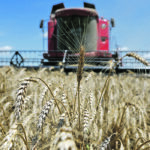
Ukraine becomes major grain player
The country’s production is expected to reach 113 million tonnes by 2026, driven largely by increased irrigation
Ukraine will be a fierce competitor in grain markets this year and for years to come, according to a senior agriculture official from that country. Nikolay Gorbachov, president of the Ukrainian Grain Association, is forecasting a bumper crop in 2021-22. The association’s official estimate calls for 97.3 million tonnes of grains, oilseeds and pulses. But […] Read more
Report predicts long-lasting impact from coal mining
Study commissioned by landowners group says it would take hundreds of years to remove selenium from Alberta’s Oldman River system
Efforts to remove what are expected to be toxic levels of selenium in the Oldman River system due to potential open-pit coal mining in Alberta would likely have to be sustained for hundreds if not thousands of years, says a scientist. The estimate is based on a study modelling what will likely happen if eight […] Read more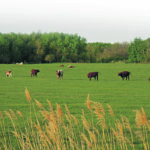
Water shortage worsens for Manitoba cattle producers
Recently, Tyler Fulton and his parents looked at the historical records for their family farm near Birtle, Man. The records showed that the spring of 2021 is exceptional, but not exceptional in a good way. “We’ve got surface water conditions that are the lowest that I (can) recall,” said Fulton, president of Manitoba Beef Producers. […] Read more
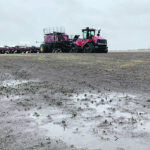
Rain to the rescue
Recent precipitation across the Prairies has been described as a billion-dollar rainfall, coming just in time to alleviate widespread drought concerns for now. Rainfall of generally 25 millimetres or more fell throughout the parched grainbelt in all three provinces through the May long weekend and some areas also received wet snow. The event prompted retired […] Read more
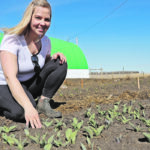
Alberta flower producer thinks like a farmer
On the Farm: Lisa Jans chooses her varieties based on a number of traits, including stem strength and length of stem
NEW NORWAY, Alta. — Lisa Jans is combining her agronomy skills and the global pandemic, which disrupted the flower market, to become a flower farmer. “I love flowers,” said Jans from her central Alberta farm. Each year, her flower beds grew larger, with an equally bigger workload and more weeds to deal with. Then she […] Read more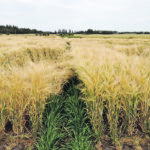
Growth regulators lessen lodging
Barley growers riding the fine line between big crops and big headaches have some new tools in the form of plant growth regulators (PGRs) to reduce lodging. “I would say that anywhere where growers are toying with that 80 to 100 bushel per acre for yield, they are likely suffering lodging,” said Sheri Strydhorst, agronomy […] Read more

